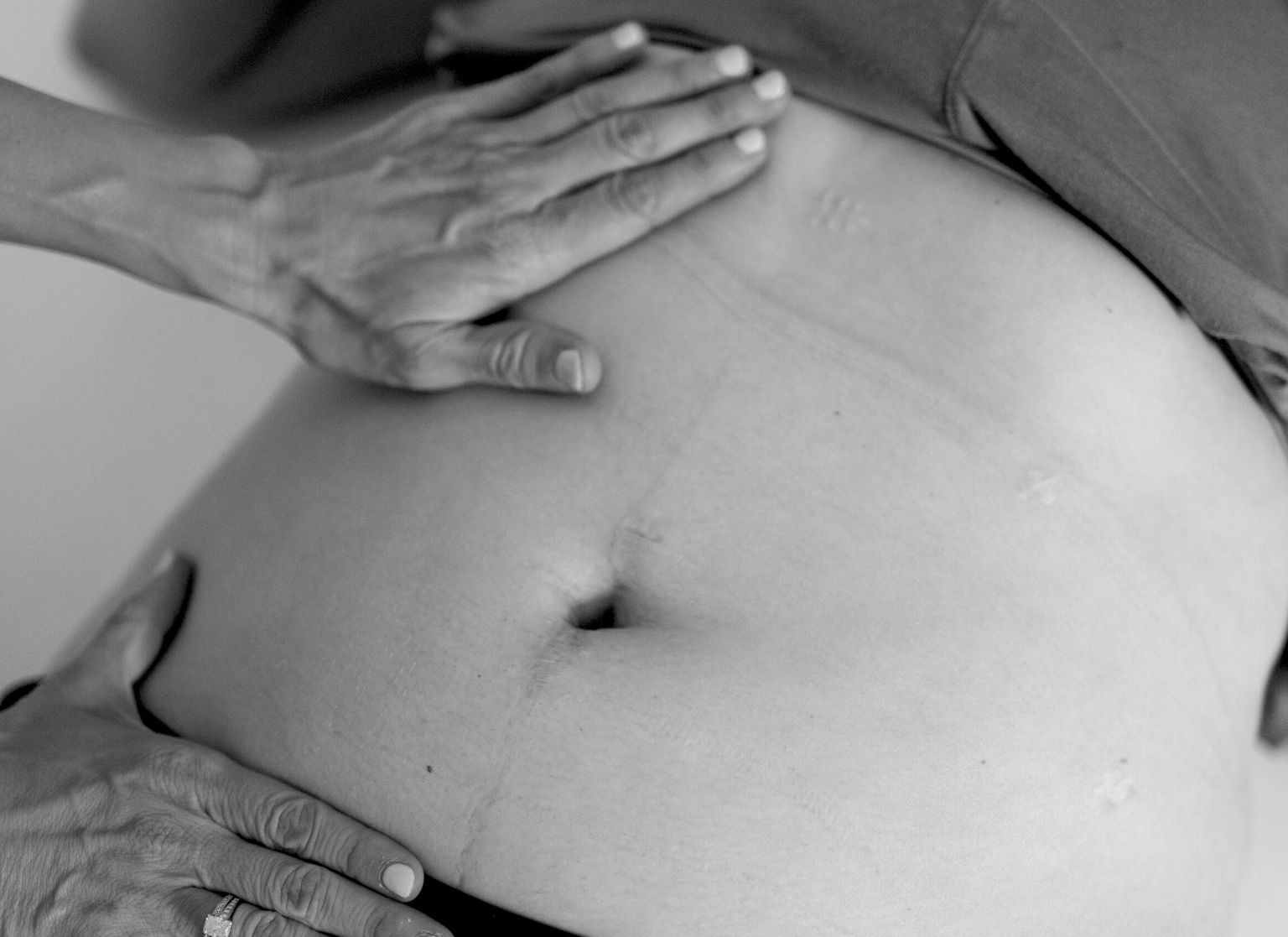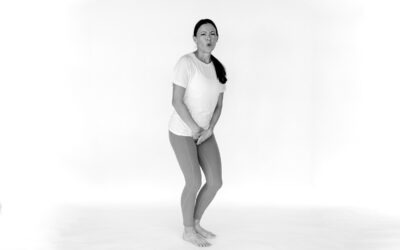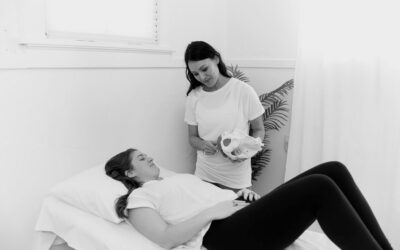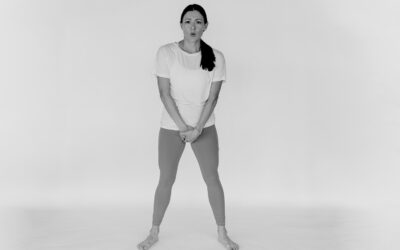Do you have painful menstrual cycles? Do you have to miss school or work due to your period discomfort?
Endometriosis can be a scary and sometimes debilitating diagnosis that affects roughly 10% of menstruating women. Many women with endometriosis experience prolonged pain before receiving a diagnosis. Additionally, they face difficulties in finding an effective treatment for their condition. So, what exactly is it?
What is Endometriosis?
Endometriosis is when tissue like the uterus lining grows outside the uterus, causing pain and possibly infertility.
It effects the reproductive, respiratory, urinary, digestive, immune, musculoskeletal, endocrine, and nervous systems.
Symptoms associated with it can include painful periods, pain during and/or after sexual intercourse, painful bowel movements, painful urination, abdominal bloating and nausea. These chronics symptoms can often contribute to fatigue, depression and/or anxiety. This condition can cause periods so painful women have to miss school or work. It often causes severe pelvic pain as well.
Endo is often found, but is not limited to:
- The fallopian tubes
- The ovaries
- The rectum and/or intestines
- The bladder
- Various positions of the abdominal cavity
The Effects of Endometriosis
This condition can lead to:
- Chronic pelvic pain
- Pain with intercourse
- Constipation and pain with bowel movements
- Difficulty and pain with urination
According to the NIH, between 30 and 50% of women also experience infertility. The exact correlation between endometriosis and infertility is unknown. However, it is potentially due to abnormalities in pelvic anatomy, endocrine function, abnormal ovulation, and how the endometrial cells are affected by hormonal changes.
Symptoms of Endometriosis
Some of the symptoms patients may experience include:
- Excessive bleeding during menstruation, or bleeding between periods
- Extremely painful periods
- Diarrhea
- Constipation
- Bloating or nausea
- Painful intercourse
- Painful bowel movements or urination (more significant during menstruation)
Many patients’ symptoms are considerably more severe during their period leading them to take time off work, school, or other daily activities.
How to Get a Diagnosis
If you are reading this and feel you might have endometriosis, you might be asking yourself “How do I know? How do I get a diagnosis?”
Unfortunately, many women go years before getting a diagnosis. However, there are certain tests that can be helpful in diagnosing this condition.
These tests can’t diagnose endo alone, but when used together, they can help rule out other conditions and prepare for surgery. These tests include:
- Pelvic exam: Used to palpate abnormalities, cysts, and scar tissue present from endometriosis.
- Ultrasound (often abdominal and trans-vaginal): This test alone cannot identify endo, but can locate cysts on the reproductive organs
- MRI: Used to identify the size and location of endometrial implants, and therefore can be helpful with surgical planning.
- Exploratory laparoscopy: A small camera is surgically inserted into your abdomen to locate endometrial implants. This procedure can also be used to biopsy the tissue to determine if it is in fact endometriosis.
Risk Factors for Endometriosis
Some other information your doctor might take into consideration when diagnosing you include any risk factors you might have. None of these risk factors alone point to endometriosis. However, when they are present in addition to positive findings with the above testing, they often make diagnosis a bit easier. These risk factors include:
- Beginning your period earlier than 12 years of age
- Heavy periods that last longer than 7 days
- A menstrual cycle that is less than 27 days
- A family history of endometriosis
- Having high levels of estrogen
- Abnormalities of the reproductive tract.
Pelvic floor physical therapy can help with an endometriosis diagnosis – without worrying about surgery!
Frequently Asked Questions About Endometriosis
Q: Does Dry Needling Help?
A: Yes!
Dry needling can help decrease tissue restriction, increase blood circulation, release trigger points and improve scar mobility.
Please keep in mind this is different from acupuncture. The needle is a tool to work on muscles and tissues. Inquire with your healthcare provider if dry needling could help you.
Q: Can It Cause Back Pain?
A: Endometriosis can cause back pain due to dysmenorrhea.
Dysmenorrhea is painful menstruation accompanied by painful cramps, lower back pain, and abdominal pain. Doctors recommend natural pain relief remedies for pain during periods caused by endometriosis. However, the pain can often be severe.
Q: How Can You Relieve Back and Hip Pain caused by Endometriosis?
A: Below are my top three exercises to help relieve back and hip pain from endo.
- Shoulder blade squeezes
- Transverse abdominus contractions
- Child’s pose
What Other Conditions Can Endo Cause?
#1 Constipation, diarrhea, nausea, bloating and other gastrointestinal issues
An anti-inflammatory diet may help with these issues, including a plant-based diet. Check with your healthcare provider or a registered dietician to see if diet can improve your endometriosis. Cramps caused by endometriosis may induce nausea and vomiting.
Bloating of the abdomen is known as “endo belly”. Endo belly can be extremely painful and can impact the individual emotionally as well.
#2 Dyspareunia
Painful sex, called dyspareunia, is a common issue affecting 18% of people worldwide, regardless of gender.
Individuals who have dyspareunia often don’t know how to seek treatment. Unfortunately, it is taboo, and discussing symptoms might be difficult.
Lastly, medical providers may not take the reports of these symptoms seriously. A team specializing in pelvic health can manage and treat dyspareunia when diagnosed appropriately.
#3 Vulvar pain
Vulvar pain from endometriosis is rare but can happen.
What about Hemorrhoids?
Endometriosis isn’t likely to cause hemorrhoids. Hemorrhoids are swollen veins around your anus and rectum that can either be painful or painless and present internally or externally.
Can Endometriosis Cause Tailbone Pain?
Yes, tailbone (also known as coccyx) discomfort is literally a pain in the butt! You may notice that simple, everyday activities become bothersome. For example, sitting can be extremely irritating, and you may constantly need to change positions or even avoid hard surfaces.
Pooping may become painful and more difficult, and you may even notice increased discomfort with intercourse. However, even movements like transferring from sitting to standing can improve your symptoms. Tailbone pain isn’t serious. However, endometriosis can be the source.
Pelvic floor therapy can be instrumental in managing endometriosis symptoms on the road to a healthier, happier you! Make an appointment to chat with one of our online therapists from the comfort of your own home.




